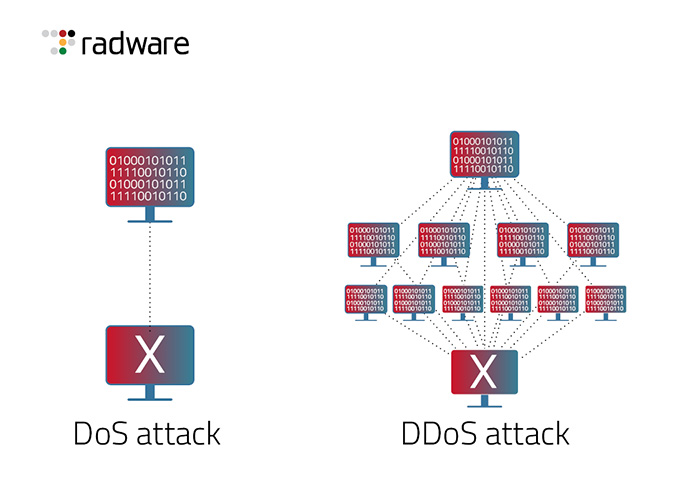5 Firewall Tips
The concept of firewalls has been a cornerstone of network security for decades, and their importance cannot be overstated in today’s digital landscape. As the internet continues to evolve and threats become more sophisticated, understanding how to maximize the potential of your firewall is crucial. Here are five advanced tips to help you get the most out of your firewall and significantly enhance your network’s defense against cyber threats.
1. Configure a Default-Deny Approach
One of the most effective strategies in firewall configuration is adopting a default-deny approach. This means that, by default, all incoming and outgoing traffic is blocked unless it’s explicitly allowed by a rule. This strategy significantly reduces the attack surface of your network by only permitting necessary traffic, thus reducing the risk of unauthorized access. Implementing this approach requires careful planning and maintenance of firewall rules to ensure that legitimate traffic is not inadvertently blocked. However, the security benefits far outweigh the management overhead, making it a best practice for any organization seeking to secure its network infrastructure.
2. Enable Stateful Packet Inspection (SPI)
Stateful packet inspection is a feature offered by many firewalls that examines the context of network traffic, keeping track of the state of network connections. Unlike static packet filtering, which looks at each packet in isolation, SPI can recognize whether a packet is part of an existing, legitimate conversation or if it’s an unsolicited packet that could be part of a malicious attack. Enabling SPI can help in detecting and preventing sophisticated attacks that try to sneak through by masquerading as part of an existing, allowed conversation. This feature is particularly useful in detecting and blocking Trojan horse attacks and other types of malware that operate by hijacking legitimate network connections.
3. Implement Rule-Based Filtering
Rule-based filtering is a comprehensive way to manage network traffic by defining specific rules that dictate what traffic is allowed to pass through the firewall. These rules can be based on a variety of factors, including source and destination IP addresses, ports, protocols, and even the content of the packets themselves. By implementing a robust set of rules, you can tightly control what traffic enters or leaves your network, significantly enhancing security. For instance, blocking all incoming traffic on a specific port known to be used by malware can prevent exploitation of vulnerabilities associated with that port.
4. Regularly Update and Patch Your Firewall
Like any other piece of software, firewalls are not immune to vulnerabilities. Manufacturers regularly release updates and patches to fix newly discovered vulnerabilities and improve performance. It’s crucial to keep your firewall software up to date to protect against exploits that target known vulnerabilities. Regular updates can also include improvements to the firewall’s intrusion detection and prevention capabilities, ensuring your network stays protected against the latest threats. Moreover, some firewalls may require manual configuration updates to reflect changes in your network or to implement new security policies, making ongoing management a critical component of firewall administration.
5. Monitor Firewall Logs
Monitoring firewall logs is a critical yet often overlooked aspect of network security. Firewall logs provide invaluable insights into network activity, helping you identify potential security issues, detect intrusion attempts, and understand traffic patterns. Regularly reviewing these logs can help you refine your firewall rules to better match your network’s needs, improving overall security posture. For instance, if you notice repeated attempts to access a blocked port from a specific IP address, you might decide to block all traffic from that IP to further secure your network. Moreover, many regulatory compliance standards require regular log review as part of their security protocols, making it a essential practice for organizations subject to such regulations.
Conclusion
Implementing these firewall tips can significantly enhance the security of your network, protecting against a wide array of cyber threats. From configuring a default-deny approach to monitoring firewall logs, each of these strategies contributes to a robust security posture that anticipates and adapts to the evolving landscape of cyber threats. By combining advanced firewall configuration techniques with ongoing management and monitoring, organizations can ensure their networks remain secure, reliable, and compliant with regulatory requirements.
FAQ Section
What is the primary benefit of a default-deny approach in firewall configuration?
+The primary benefit of a default-deny approach is that it reduces the network’s attack surface by only allowing traffic that is explicitly permitted, thereby reducing the risk of unauthorized access and malicious activity.
How does Stateful Packet Inspection (SPI) enhance network security?
+SPI enhances network security by examining the context of network traffic and tracking the state of network connections, allowing it to distinguish between legitimate traffic and potentially malicious packets that might try to masquerade as part of an allowed conversation.
Why is regular updating and patching of firewall software important?
+Regular updates and patches are crucial because they fix known vulnerabilities that could be exploited by attackers, improve the firewall’s detection and prevention capabilities, and ensure the firewall remains effective against evolving cyber threats.



